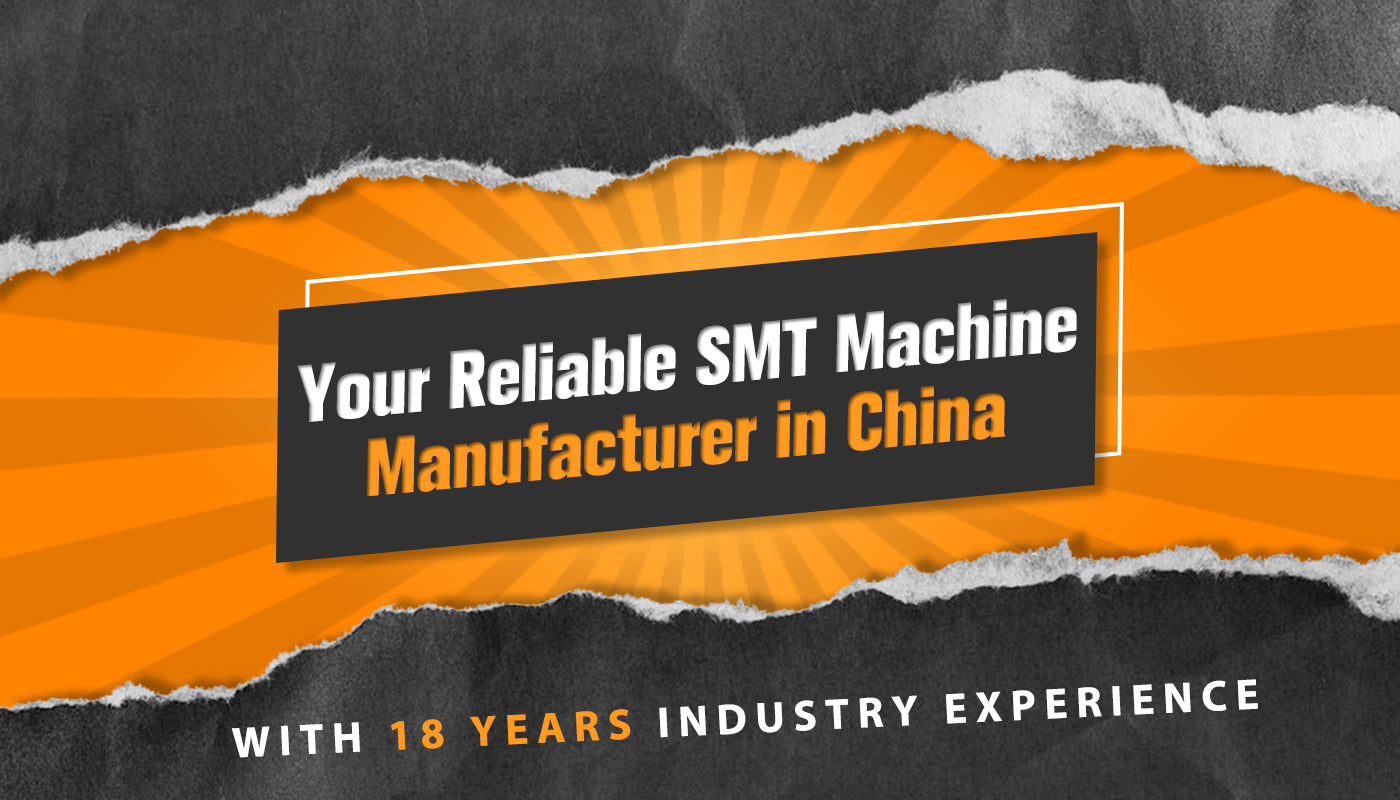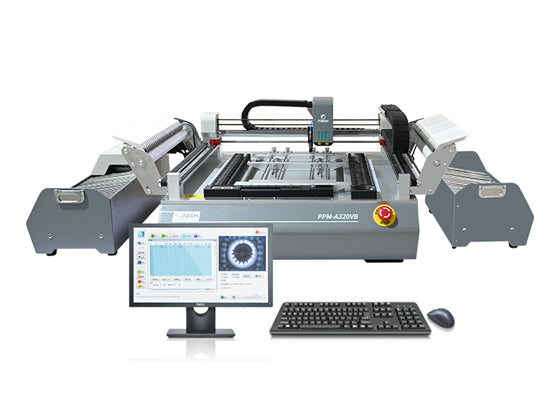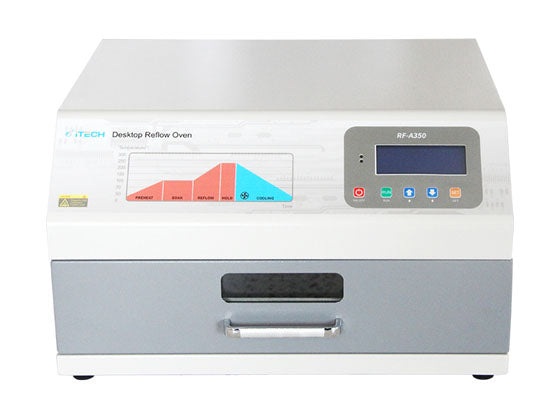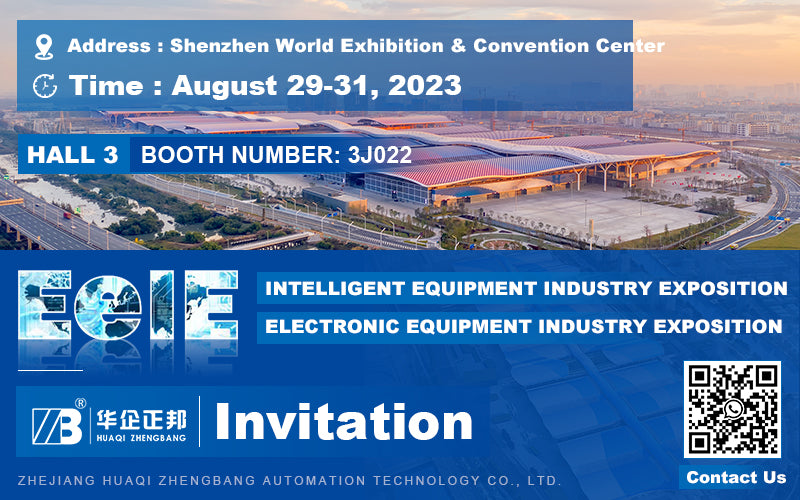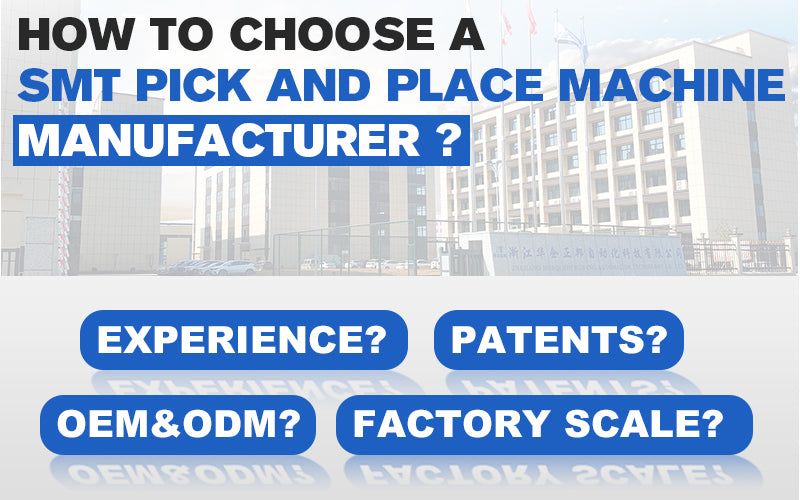Both hot air reflow ovens and infrared (IR) reflow ovens are used in the electronics manufacturing industry for soldering surface mount components onto printed circuit boards (PCBs). The choice between the two depends on various factors and specific application requirements. Here are some reasons why hot air reflow ovens may be preferred over infrared reflow ovens:
Versatility: Hot air reflow ovens are more versatile in terms of component and PCB compatibility. They can handle a wider range of component types, sizes, and packages. Hot air reflow ovens can accommodate components with varying thermal masses and lead configurations, making them suitable for diverse assembly requirements.
Temperature Uniformity: Hot air reflow ovens typically provide better temperature uniformity across the entire PCB surface. They use a combination of convection and radiation to heat the PCB evenly, ensuring consistent soldering results. This uniformity is particularly important for large or complex PCBs with multiple components.
Better Heat Transfer to Large Components: Hot air reflow ovens excel at transferring heat to larger components that require longer reflow times. The forced convection of hot air can efficiently heat large components, ensuring that they reach the necessary temperature for proper soldering. In contrast, IR reflow ovens may struggle to provide sufficient heat transfer to larger components.
Thermal Profiling Control: Hot air reflow ovens offer precise control over thermal profiling during the reflow process. The heating profile, including ramp-up, soak, and cooling phases, can be precisely adjusted and monitored to match the specific requirements of different solder pastes and component packages. This control contributes to consistent solder joint formation and overall process optimization.
Lead-Free Soldering: Hot air reflow ovens are well-suited for lead-free soldering processes. Lead-free solder pastes often require higher reflow temperatures compared to lead-based solder pastes. Hot air reflow ovens can reach and maintain these elevated temperatures more effectively, ensuring reliable soldering results.
Elimination of Shadowing Effect: Hot air reflow ovens minimize the shadowing effect that can occur with IR reflow ovens. In the shadowing effect, components block the direct infrared radiation from reaching adjacent components, resulting in uneven heating and potential soldering defects. Hot air reflow ovens overcome this issue by utilizing forced convection to distribute heat more uniformly.
Better Control of Solder Paste Volatility: Some solder pastes can be sensitive to high temperatures or long exposure times. Hot air reflow ovens allow better control over the heating profile, reducing the risk of solder paste volatility and preventing defects such as solder balling or solder splattering.
However, it's worth noting that infrared reflow ovens have their advantages too. They can offer faster ramp-up times and higher heating rates, making them suitable for certain applications and specific component types. IR reflow ovens are also generally more compact and may be a preferred choice for smaller-scale operations or specialized applications.
Ultimately, the choice between hot air reflow ovens and infrared reflow ovens depends on factors such as the specific assembly requirements, component types, thermal characteristics, and production volumes. Manufacturers evaluate these factors to determine the most suitable reflow oven technology for their specific needs.
Versatility: Hot air reflow ovens are more versatile in terms of component and PCB compatibility. They can handle a wider range of component types, sizes, and packages. Hot air reflow ovens can accommodate components with varying thermal masses and lead configurations, making them suitable for diverse assembly requirements.
Temperature Uniformity: Hot air reflow ovens typically provide better temperature uniformity across the entire PCB surface. They use a combination of convection and radiation to heat the PCB evenly, ensuring consistent soldering results. This uniformity is particularly important for large or complex PCBs with multiple components.
Better Heat Transfer to Large Components: Hot air reflow ovens excel at transferring heat to larger components that require longer reflow times. The forced convection of hot air can efficiently heat large components, ensuring that they reach the necessary temperature for proper soldering. In contrast, IR reflow ovens may struggle to provide sufficient heat transfer to larger components.
Thermal Profiling Control: Hot air reflow ovens offer precise control over thermal profiling during the reflow process. The heating profile, including ramp-up, soak, and cooling phases, can be precisely adjusted and monitored to match the specific requirements of different solder pastes and component packages. This control contributes to consistent solder joint formation and overall process optimization.
Lead-Free Soldering: Hot air reflow ovens are well-suited for lead-free soldering processes. Lead-free solder pastes often require higher reflow temperatures compared to lead-based solder pastes. Hot air reflow ovens can reach and maintain these elevated temperatures more effectively, ensuring reliable soldering results.
Elimination of Shadowing Effect: Hot air reflow ovens minimize the shadowing effect that can occur with IR reflow ovens. In the shadowing effect, components block the direct infrared radiation from reaching adjacent components, resulting in uneven heating and potential soldering defects. Hot air reflow ovens overcome this issue by utilizing forced convection to distribute heat more uniformly.
Better Control of Solder Paste Volatility: Some solder pastes can be sensitive to high temperatures or long exposure times. Hot air reflow ovens allow better control over the heating profile, reducing the risk of solder paste volatility and preventing defects such as solder balling or solder splattering.
However, it's worth noting that infrared reflow ovens have their advantages too. They can offer faster ramp-up times and higher heating rates, making them suitable for certain applications and specific component types. IR reflow ovens are also generally more compact and may be a preferred choice for smaller-scale operations or specialized applications.
Ultimately, the choice between hot air reflow ovens and infrared reflow ovens depends on factors such as the specific assembly requirements, component types, thermal characteristics, and production volumes. Manufacturers evaluate these factors to determine the most suitable reflow oven technology for their specific needs.
